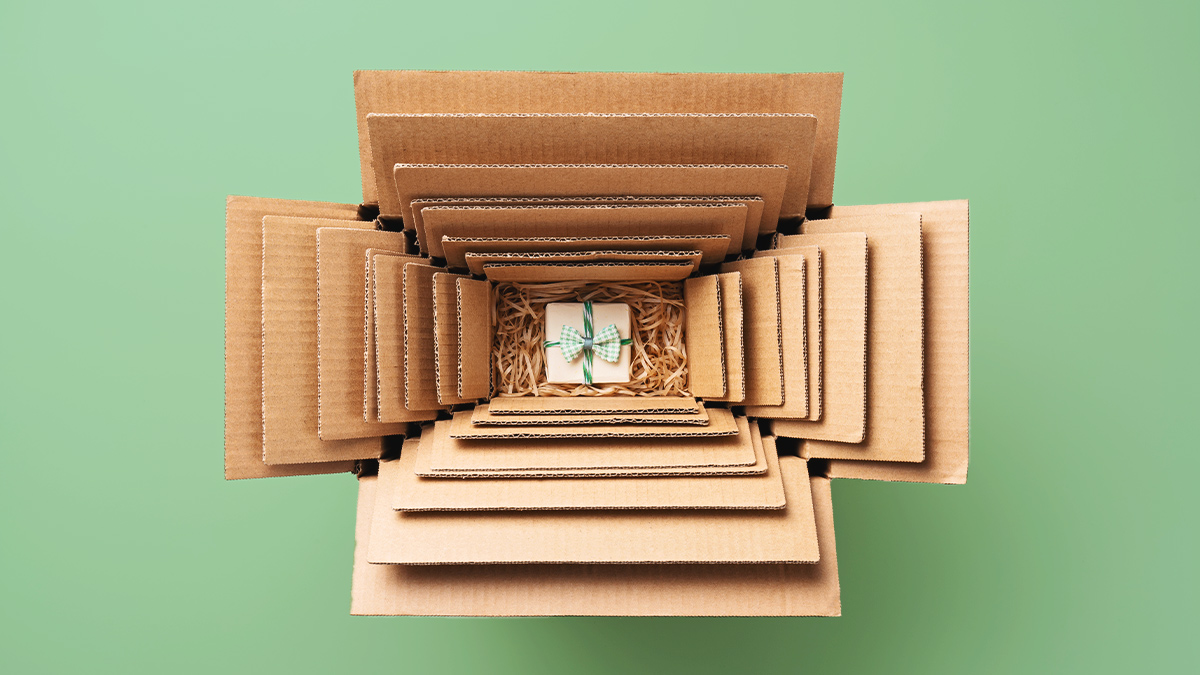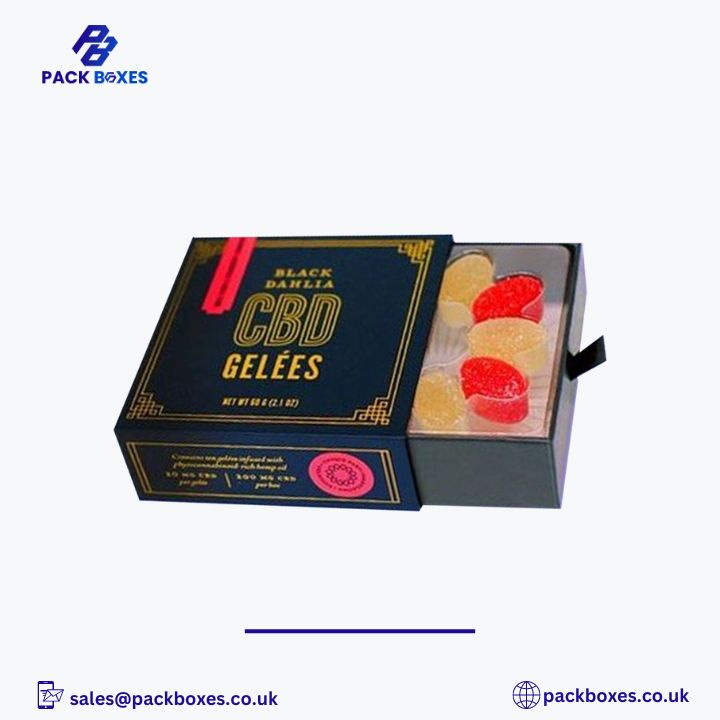In a world that’s spinning fast toward environmental awareness, packaging has quietly become one of the biggest culprits behind pollution and waste. It seems simple—wrap it, ship it, toss it—but beneath all that convenience lies a growing problem that businesses and consumers alike are starting to notice. For companies like PackBoxes Ltd, understanding how packaging fits into the larger sustainability picture isn’t just a nice-to-have—it’s a must.
Let’s dig into why packaging has become such a hot topic in the sustainability conversation and how brands, especially those offering custom packaging boxes in UK, are trying to do better.
The Problem With Traditional Packaging
You buy something online, open the box, and—bam! You’re left with layers of plastic wrap, foam peanuts, tape, and cardboard. While the product might be small, the packaging can be excessive. Here’s where the trouble starts:
1. Single-Use Materials
Many packaging solutions still rely heavily on single-use plastics. These materials are cheap, durable, and waterproof, which sounds great—until you consider that plastic takes hundreds of years to decompose. And it rarely gets recycled properly. Instead, it clogs landfills and oceans.
2. Over-Packaging
Companies often go overboard to make products look fancy or secure. Think of a tiny item in a box three times its size, filled with stuffing. This unnecessary waste not only increases the carbon footprint through transport but also adds to the trash pile.
3. Low Recycling Rates
Even when materials are technically recyclable, most packaging isn’t. Why? It’s often made of mixed materials (like plastic-coated cardboard) or ends up contaminated with food or liquids, making recycling difficult.
Environmental Impacts of Packaging
Let’s break it down a little more. Packaging waste isn’t just an eyesore—it’s a real environmental threat.
Landfills and Pollution
The majority of packaging waste ends up in landfills, where it sits for decades. Or worse, it breaks down into microplastics that enter our water systems and food chain. Yikes.
Carbon Emissions
Producing packaging requires raw materials like oil (for plastic) and trees (for paper). The energy used in production, printing, and shipping creates massive carbon emissions. It’s not just about what’s thrown away, it’s what went into making it in the first place.
Wildlife Harm
Animals often mistake plastic packaging for food or get trapped in it. From sea turtles to birds, wildlife is paying a high price for our packaging habits.
Why the Packaging Industry Is Under Pressure
Consumers are waking up. People don’t just want great products anymore—they want those products delivered responsibly. That means businesses now face pressure from:
- Customers who expect eco-friendly options
- Governments setting stricter packaging and recycling laws
- Retailers demanding sustainable supply chain practices
- Environmental activists calling out greenwashing
The message is clear: packaging matters, and it’s time to clean up our act.
Enter: Sustainable Packaging
So, what does sustainable packaging even mean?
At its core, sustainable packaging uses materials and methods that reduce environmental impact throughout its lifecycle—from design to disposal.
Key Principles:
- Reduce: Minimize the amount of packaging used
- Reuse: Use materials that can be reused by the consumer or in future shipments
- Recycle: Ensure packaging is made from recyclable materials
- Renewable: Opt for materials sourced sustainably, like recycled paper or plant-based plastics
And here’s where custom packaging boxes in UK make a real difference.
How Custom Packaging Boxes in UK Support Sustainability
Let’s shift gears and talk about solutions, not just problems. Businesses like PackBoxes Ltd are proving that eco-friendly can still mean elegant, efficient, and effective. Offering custom packaging boxes in UK means brands have more control over design, size, and materials—and that opens doors to smarter, greener choices.
1. Fit-for-Purpose Designs
Customized packaging allows you to reduce wasted space. That means less filler, fewer materials, and lower shipping costs. It’s a win-win.
2. Eco-Friendly Materials
Cardboard from recycled sources? Biodegradable wraps? Compostable stickers? All possible when you’re not locked into mass-produced generic options.
3. Brand with a Green Message
Sustainability isn’t just a strategy—it’s a story. Eco-friendly packaging tells customers you care. That builds trust and helps brands stand out in a crowded market.
Economic Benefits of Sustainable Packaging
You might be thinking: “All this sounds great, but what about cost?” Here’s the twist—sustainable packaging can save money over time.
- Lower shipping costs from right-sized packaging
- Bulk material savings through smarter design
- Customer loyalty from green-conscious shoppers
- Avoiding fines or taxes related to plastic use
Plus, packaging that reflects your values is marketing you don’t have to pay for. People talk about it, share it, and connect with it.
Challenges of Switching to Sustainable Packaging
Let’s be real—it’s not always smooth sailing. Moving to eco-friendly packaging comes with hurdles:
- Higher upfront costs for premium recycled materials
- Supply chain limitations if green options aren’t widely available
- Design complexity when balancing protection with sustainability
- Education gap—some customers still don’t know how to dispose of eco-friendly packaging properly
But the long-term gains often outweigh the short-term pain.
The Role of UK Legislation
In the UK, sustainability isn’t just a buzzword—it’s becoming the law. From the Plastic Packaging Tax to Extended Producer Responsibility (EPR) regulations, businesses are being pushed toward better practices.
Under these policies, companies are now expected to:
- Use recyclable packaging
- Clearly label disposal instructions
- Report on packaging waste
- Pay more for packaging that’s not eco-friendly
So if you’re running a brand and haven’t thought about this yet… now’s the time.
How Consumers Can Help
Brands can lead the charge, but customers have power too. Here’s how everyday folks can make an impact:
- Choose brands that use sustainable packaging
- Recycle properly—check labels before tossing anything out
- Avoid over-ordering to reduce shipping waste
- Give feedback to brands that overpackage their products
Every choice matters. Every purchase is a vote.
Final Thoughts
Packaging isn’t just a box. It’s part of a system that touches forests, oceans, factories, trucks, and homes. The way we package things tells a story—about our values, our planet, and our future.
Sustainable packaging might seem like a small change in the grand scheme, but it has a ripple effect. Businesses like PackBoxes Ltd are showing how choosing custom packaging boxes in UK isn’t just about better branding—it’s about doing better, period.
So next time you open a parcel, take a second to look beyond the bubble wrap. Because that box? It says more than you think.
10 FAQs About Sustainable Packaging and Custom Packaging Boxes
1. What is sustainable packaging?
Sustainable packaging is designed to reduce environmental impact through the use of recyclable, biodegradable, or reusable materials, and efficient designs that minimize waste.
2. Why is packaging a threat to sustainability?
Traditional packaging contributes to landfill overflow, marine pollution, and carbon emissions. It often uses single-use plastics and non-recyclable materials.
3. How do custom packaging boxes in UK help the environment?
They’re tailored to fit the product, which reduces unnecessary material use and shipping waste. UK-based options often include recycled and locally-sourced materials, cutting down on carbon emissions.
4. Are eco-friendly packaging materials more expensive?
Initially, yes, but they often lead to savings in shipping, waste management, and customer loyalty over time.
5. What materials are considered eco-friendly for packaging?
Recycled cardboard, paper, cornstarch-based bioplastics, mushroom packaging, and compostable films are some popular sustainable materials.
6. How can small businesses switch to sustainable packaging?
Start with small steps—choose recycled materials, reduce box sizes, and work with local suppliers like those offering custom packaging boxes in UK.
7. Does sustainable packaging affect product safety?
Not necessarily. Many eco-packaging options provide the same level of protection as traditional materials when designed properly.
8. What are the UK laws on packaging waste?
The UK enforces the Plastic Packaging Tax and is introducing EPR laws requiring businesses to pay for packaging waste management and ensure materials are recyclable.
9. How do consumers know if packaging is recyclable?
Look for recycling symbols and clear instructions. Some sustainable packaging includes QR codes that guide proper disposal.
10. Can packaging be both sustainable and attractive?
Absolutely. Sustainable packaging can be customized with branded designs, colors, and textures to create a premium unboxing experience—without hurting the planet.










